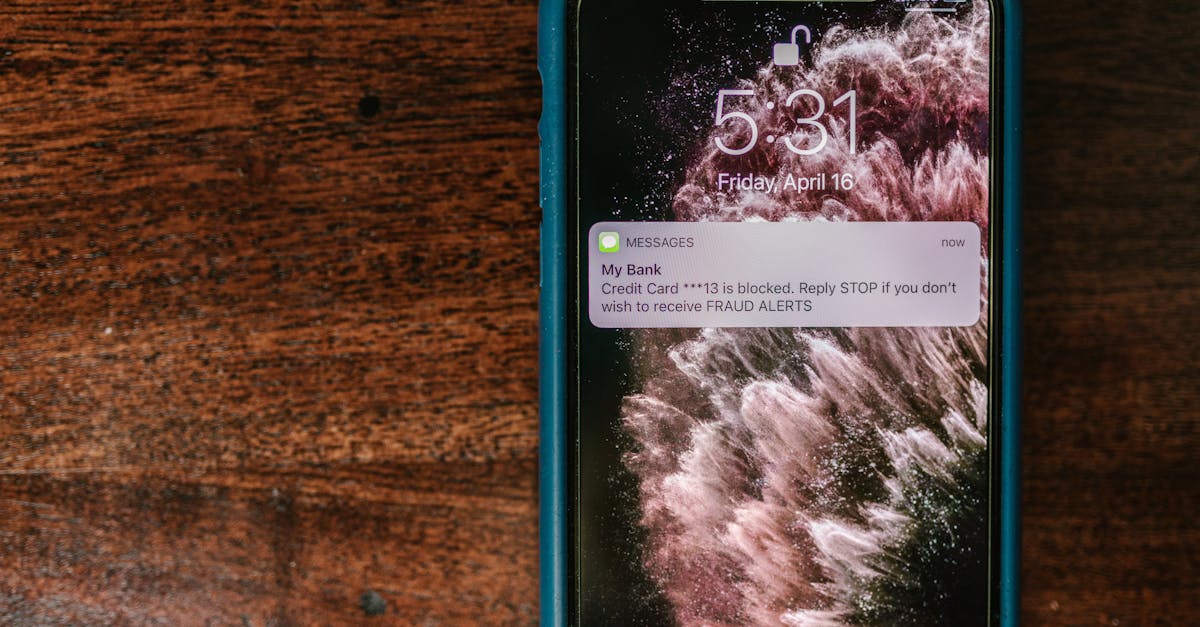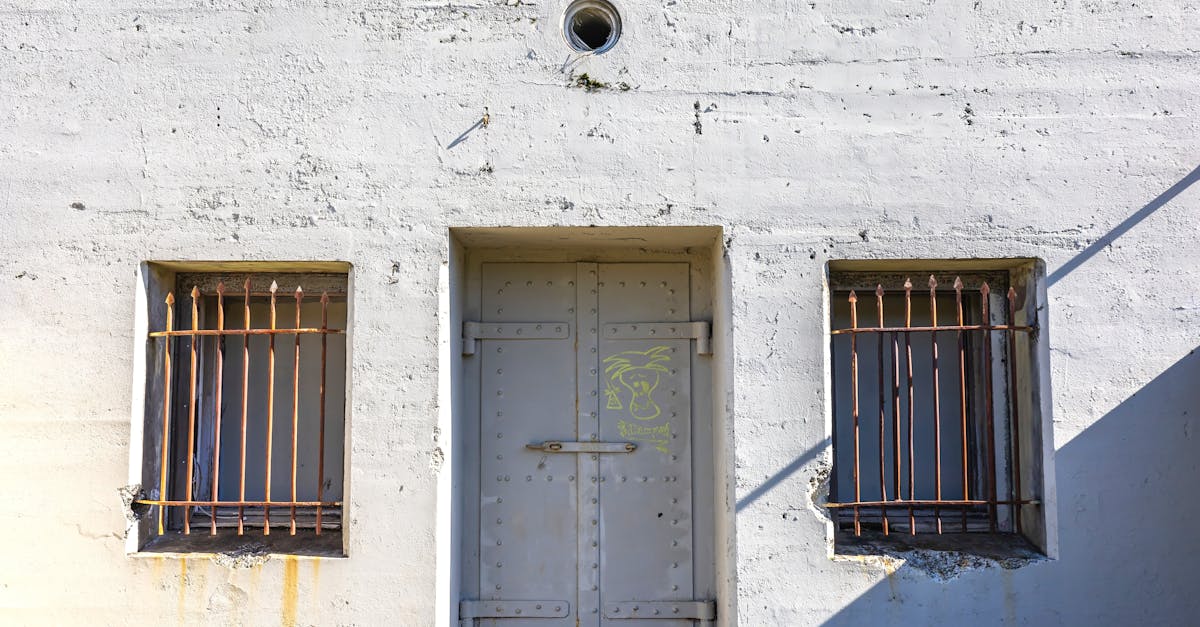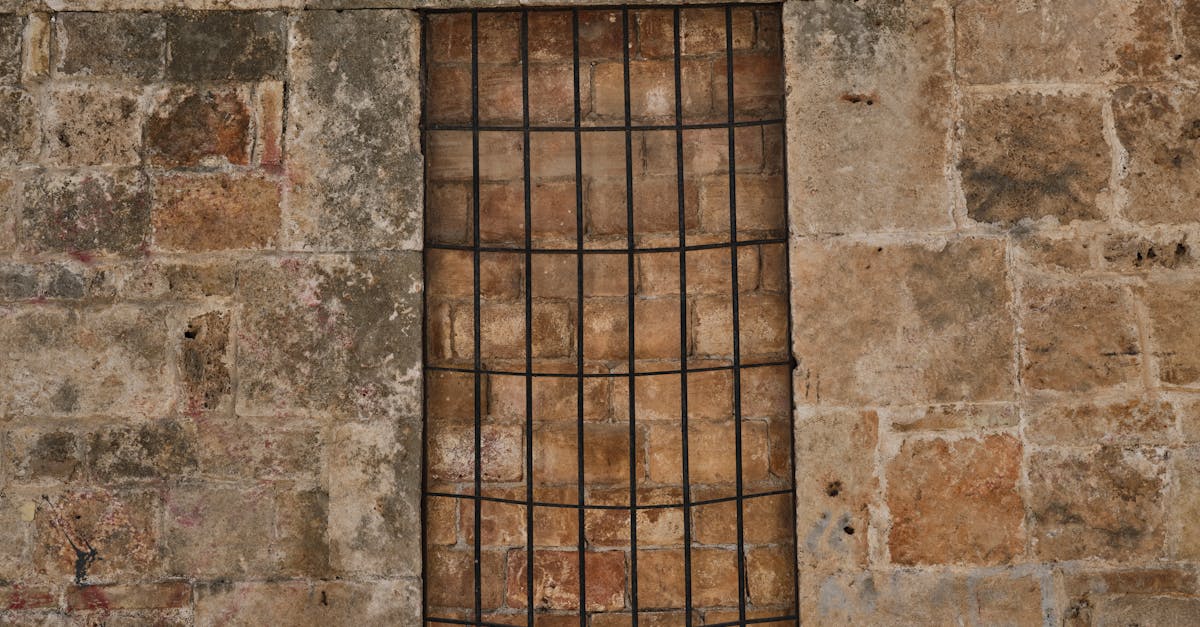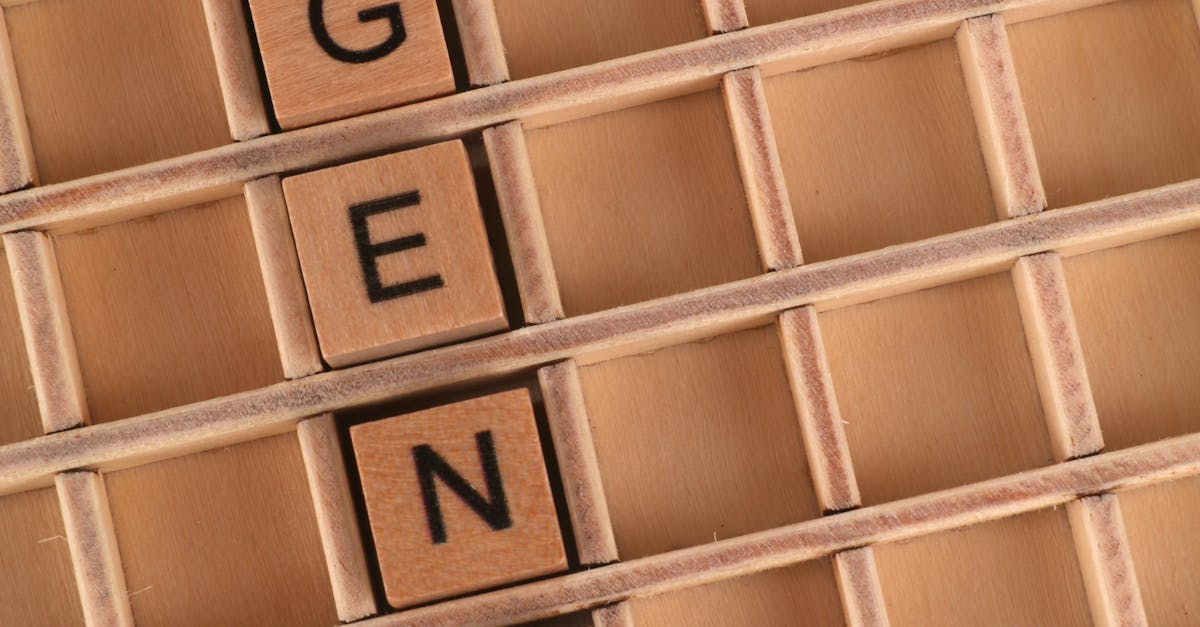
Table Of Contents
Installing the Touchless Faucet
Begin by removing the old faucet if necessary. Disconnect the supply lines and unscrew the mounting nuts beneath the sink. Once the old unit is out, clean the surface area to ensure a good seal for the new faucet. Place the mounting plate if required, then slide the new touchless faucet into position. Make sure it aligns with the pre-drilled holes in the sink or countertop.
Secure the faucet underneath by tightening the nuts onto the mounting bolts. Use a basin wrench if space is tight. Be careful not to overtighten, as this may cause damage. After the faucet is installed, check its stability before proceeding with the water supply connections. Proper faucet installation and repair techniques are crucial to ensure a long-lasting and efficient unit.
Securing the Faucet in Place
Once you have placed the touchless faucet in the mounting hole, it’s time to secure it properly. Most units come with a mounting bracket that slides underneath the sink. Align the bracket with the faucet’s base and hand-tighten the nuts onto the mounting bolts. Be careful not to overtighten, as this could damage the sink or the faucet. A snug fit will ensure stability without compromising the integrity of the material.
After securing the bracket, check that the faucet is level and aligned correctly to avoid issues with water flow or appearance. Adjust as necessary before proceeding to the next step. Proper alignment is essential not just for aesthetics but also for functionality and ease of use. This step is critical in any faucet installation and repair process, as a well-secured faucet will provide better performance and longevity in daily use.
Connecting the Water Supply Lines
Once the touchless faucet is securely mounted, it's time to connect the water supply lines. Begin by identifying the hot and cold water supply pipes. Typically, the hot water line is on the left and the cold on the right. Use adjustable wrenches to carefully attach the appropriate supply lines to the corresponding inlet connections on the faucet. Ensuring that each connection is tight will help prevent any leaks during operation.
After connecting the supply lines, turn the water supply back on to check for any leaks. It’s advisable to run the water for a short period to confirm that the faucet is functioning correctly. If you notice any leakage around the connections, it may require additional tightening or the installation of new washers. Proper connections are crucial for effective faucet installation and repair.
Ensuring LeakProof Connections
When installing a touchless kitchen faucet, ensuring leak-proof connections is crucial for optimal performance. Begin by carefully tightening all nuts and connections. Use a wrench for the fittings under the sink, ensuring they are snug but not overtightened, which can cause damage. If your faucet comes with rubber washers, make sure they are properly positioned to create a seal and prevent leaks. It's also advisable to inspect the flexible hoses for any signs of wear or damage before connecting them.
After securing the connections, conduct a thorough leak test. Turn on the water supply gradually, allowing it to flow through the faucet. Observe any signs of leakage around the fittings. If you detect moisture, revisit the connections to tighten them further as needed. Consistent checks during faucet installation and repair help in maintaining the integrity of your plumbing system. A proactive approach ensures the longevity of your touchless faucet, keeping both functionality and aesthetics in mind.
Installing the Sensor
The installation of the sensor is crucial for the functionality of your touchless kitchen faucet. Begin by identifying the appropriate location for the sensor, which is typically situated on the faucet's body or the spout. Ensure that the sensor has a clear line of sight for accurate detection and responsiveness. Avoid placing it too close to any surfaces that may obstruct its performance. Following the manufacturer’s guidelines will help achieve the best results.
Next, connect the sensor to the power source if required. This may involve plugging in a battery pack or wiring directly to an existing electrical outlet. Make sure to follow safety protocols during this process. Once connected, test the sensor for proper operation before securing all components. Remember that proper faucet installation and repair can prevent future issues, so taking your time to ensure everything is in place is essential.
Positioning for Optimal Performance
Positioning the sensor correctly is crucial for optimal performance of your touchless kitchen faucet. It should be placed at a height that allows for easy detection of hands under the spout without being overly sensitive. This can help prevent accidental activation when objects pass nearby. Ensuring proper alignment with the tap is essential, as misalignment can lead to inconsistent functionality. Ideally, the sensor should be facing the area where you most frequently wash your hands or fill containers, providing you with maximum convenience.
For faucet installation and repair, take the time to test the sensor's responsiveness after securing it in place. Conduct several trials to check if it activates smoothly and reliably. If adjustments are needed, small repositioning of the sensor may resolve any sensitivity issues. Remember, a well-positioned sensor significantly enhances your experience, making everyday tasks like washing up or filling pots more effortless and hygienic.
FAQS
What tools do I need to install a touchless kitchen faucet?
To install a touchless kitchen faucet, you typically need a basin wrench, adjustable wrench, screwdriver, plumber's tape, and a bucket to catch any water that may spill during the installation.
How do I ensure my touchless faucet is properly secured?
To secure your touchless faucet, make sure to follow the manufacturer's instructions carefully. Use the mounting hardware provided, and tighten it evenly to avoid any strain or damage to the faucet.
What should I do if I encounter a leak after installation?
If you encounter a leak after installation, first turn off the water supply. Then, check all connections to ensure they are tight and that plumber's tape has been applied where necessary. If the leak persists, you may need to replace washers or seals.
How do I position the sensor for optimal performance?
Position the sensor according to the manufacturer's guidelines, ensuring it is aimed to detect motion effectively. Generally, it should be mounted at a height that allows for easy hand detection without interference from nearby objects.
Can I install a touchless kitchen faucet myself, or should I hire a plumber?
Many homeowners can install a touchless kitchen faucet themselves if they have basic plumbing skills and the right tools. However, if you are unsure or uncomfortable with the process, hiring a plumber is advisable to ensure a professional installation.





























